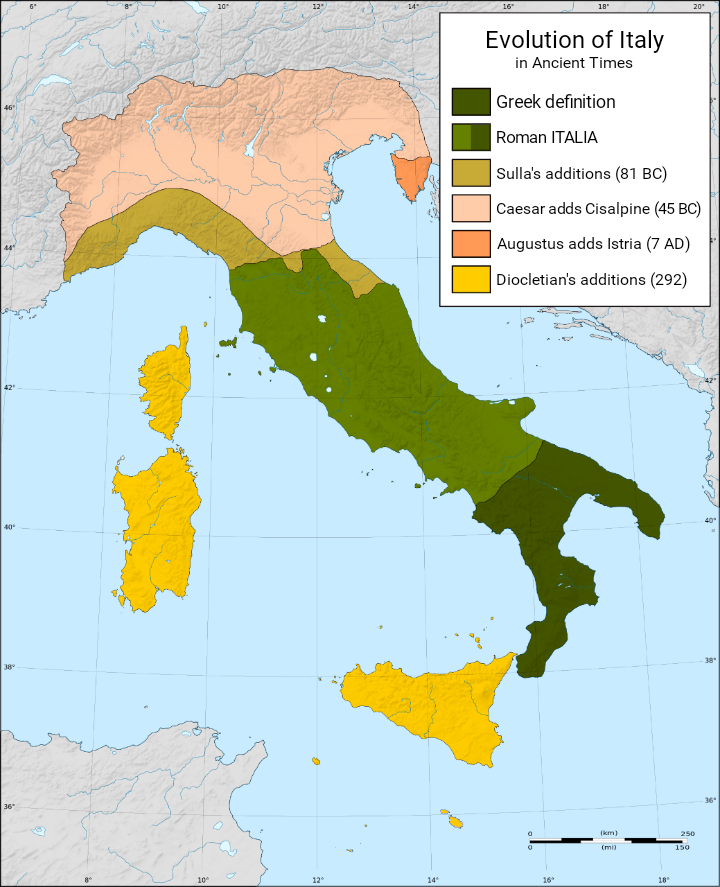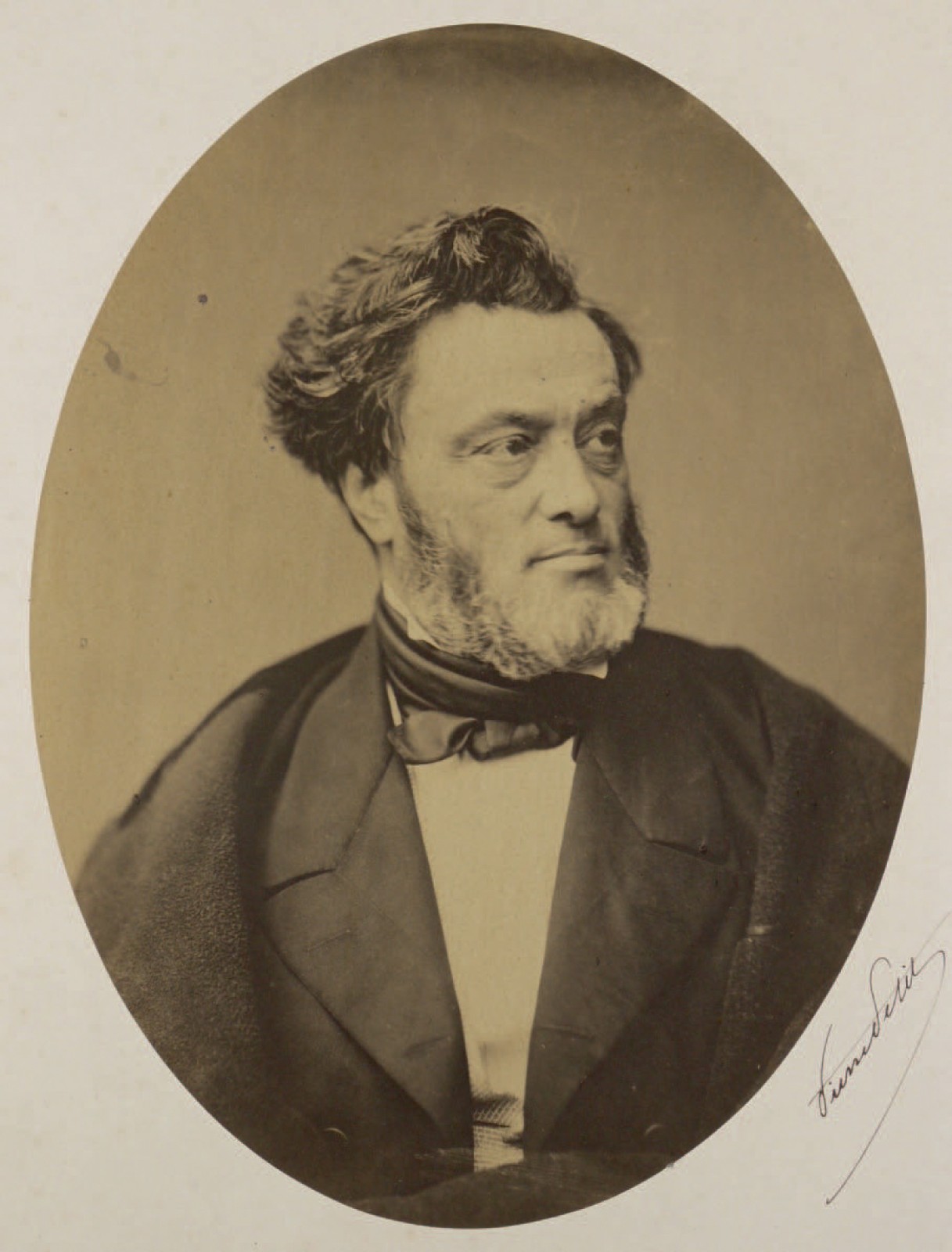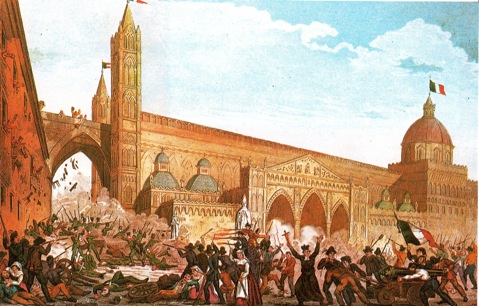|
Legion Of Antibes
The Legion of Antibes was recruited under direction of Pope Pius IX's secretary of state, Giacomo Antonelli, following the September Convention of 1864, to replace French troops garrisoned in Rome, during the closing phase of Italian unification, the ''Risorgimento''. The September Convention permitted the Pope to keep an army, but it did not give Napoleon III the right to continue to maintain forces in Rome, supporting papal temporal power in the rump Papal States. Nevertheless, at the battle of Mentana, fought 3 November 1867 between French-Papal troops and the Italian volunteers led by Giuseppe Garibaldi, it became public knowledge that the "Legion" was composed of French Imperial recruits, Antibes lying on the Mediterranean coast close to the border with Piedmont: their "services to the Pope were rendered as services to the French Empire," the former Prime Minister of Italy, Francesco Crispi recalled in 1891. "It is singular that on the dead bodies were found livrets French ... [...More Info...] [...Related Items...] OR: [Wikipedia] [Google] [Baidu] |
Pope Pius IX
Pope Pius IX ( it, Pio IX, ''Pio Nono''; born Giovanni Maria Mastai Ferretti; 13 May 1792 – 7 February 1878) was head of the Catholic Church from 1846 to 1878, the longest verified papal reign. He was notable for convoking the First Vatican Council in 1868 and for permanently losing control of the Papal States in 1870 to the Kingdom of Italy. Thereafter he refused to leave Vatican City, declaring himself a " prisoner of the Vatican". At the time of his election, he was seen as a champion of liberalism and reform, but the Revolutions of 1848 decisively reversed his policies. Upon the assassination of his Prime Minister Rossi, Pius escaped Rome and excommunicated all participants in the short-lived Roman Republic. After its suppression by the French army and his return in 1850, his policies and doctrinal pronouncements became increasingly conservative, seeking to stem the revolutionary tide. In his 1849 encyclical '' Ubi primum'', he emphasized Mary's role in salvation. In 1 ... [...More Info...] [...Related Items...] OR: [Wikipedia] [Google] [Baidu] |
Piedmont
it, Piemontese , population_note = , population_blank1_title = , population_blank1 = , demographics_type1 = , demographics1_footnotes = , demographics1_title1 = , demographics1_info1 = , demographics1_title2 = , demographics1_info2 = , demographics1_title3 = , demographics1_info3 = , timezone1 = CET , utc_offset1 = +1 , timezone1_DST = CEST , utc_offset1_DST = +2 , postal_code_type = , postal_code = , area_code_type = ISO 3166 code , area_code = IT-21 , blank_name_sec1 = GDP (nominal) , blank_info_sec1 = €137 billion (2018) , blank1_name_sec1 = GDP per capita , blank1_info_sec1 = €31,500 (2018) , blank2_name_sec1 = HDI (2019) , blank2_info_sec1 = 0.898 · 10th of 21 , blank_name_sec2 = NUTS Region , blank_info_sec2 = ITC1 , website www.regione ... [...More Info...] [...Related Items...] OR: [Wikipedia] [Google] [Baidu] |
Military Of The Papal States
A military, also known collectively as armed forces, is a heavily armed, highly organized force primarily intended for warfare. It is typically authorized and maintained by a sovereign state, with its members identifiable by their distinct military uniform. It may consist of one or more military branches such as an army, navy, air force, space force, marines, or coast guard. The main task of the military is usually defined as defence of the state and its interests against external armed threats. In broad usage, the terms ''armed forces'' and ''military'' are often treated as synonymous, although in technical usage a distinction is sometimes made in which a country's armed forces may include both its military and other paramilitary forces. There are various forms of irregular military forces, not belonging to a recognized state; though they share many attributes with regular military forces, they are less often referred to as simply ''military''. A nation's military may f ... [...More Info...] [...Related Items...] OR: [Wikipedia] [Google] [Baidu] |
Second French Empire
The Second French Empire (; officially the French Empire, ), was the 18-year Empire, Imperial Bonapartist regime of Napoleon III from 14 January 1852 to 27 October 1870, between the French Second Republic, Second and the French Third Republic, Third Republic of France. Historians in the 1930s and 1940s often disparaged the Second Empire as a precursor of fascism. That interpretation is no longer widely held, and by the late 20th century they were giving it as an example of a modernising regime. Historians have generally given the Empire negative evaluations on its foreign policy, and somewhat more positive evaluations of domestic policies, especially after Napoleon III liberalised his rule after 1858. He promoted French business and exports. The greatest achievements included a grand History of rail transport in France#Success under the Second Empire, railway network that facilitated commerce and tied the nation together with Paris as its hub. This stimulated economic growth a ... [...More Info...] [...Related Items...] OR: [Wikipedia] [Google] [Baidu] |
Military History Of Italy
The military history of Italy chronicles a vast time period, lasting from ancient Rome, through the medieval period, the Renaissance, the Italian unification, and into the modern day. The Italian peninsula has been a centre of military conflict throughout European history: because of this, Italy has a long military tradition. Today Italy is the 8th country by Military Strength Index. Ancient Italy In the 8th century BCE, a group of Italic tribes (Latins in the west, Sabines in the upper valley of the Tiber, Umbrians in the north-east, Samnites in the South, Oscans and others) shared the Italian peninsula with two other major ethnic groups: the Etruscans in the North, and the Greeks in the south. The Etruscans (''Etrusci'' or ''Tusci'' in Latin) were settled north of Rome in Etruria (modern northern Lazio, Tuscany and part of Umbria). They founded cities like Tarquinia, Veii and Volterra and deeply influenced Roman culture, as clearly shown by the Etruscan origin of some of t ... [...More Info...] [...Related Items...] OR: [Wikipedia] [Google] [Baidu] |
Italian Unification
The unification of Italy ( it, Unità d'Italia ), also known as the ''Risorgimento'' (, ; ), was the 19th-century political and social movement that resulted in the consolidation of different states of the Italian Peninsula into a single state in 1861, the Kingdom of Italy. Inspired by the rebellions in the 1820s and 1830s against the outcome of the Congress of Vienna, the unification process was precipitated by the Revolutions of 1848, and reached completion in 1871 after the Capture of Rome and its designation as the capital of the Kingdom of Italy. Some of the states that had been targeted for unification ('' terre irredente'') did not join the Kingdom of Italy until 1918 after Italy defeated Austria-Hungary in the First World War. For this reason, historians sometimes describe the unification period as continuing past 1871, including activities during the late 19th century and the First World War (1915–1918), and reaching completion only with the Armistice of Villa ... [...More Info...] [...Related Items...] OR: [Wikipedia] [Google] [Baidu] |
Costantino, Count Nigra
Costantino, count Nigra (11 June 1828 – 1 July 1907) was an Italian diplomat. Biography Nigra was born at Villa Castelnuovo, in the province of Turin. During the war of 1848 he interrupted his studies to serve as a volunteer against Austria, and was wounded at the battle of Rivoli. On the conclusion of peace he entered the Piedmontese foreign office; he accompanied Victor Emmanuel and Cavour to Paris and London in 1855, and in the following year he took part in the conference of Paris by which the Crimean War was brought to an end. After the meeting at Plombières between Cavour and Napoleon III Nigra was sent to Paris again to popularize a Franco-Piedmontese alliance, Nigra being, as Cavour said, the only person perhaps who knows all my thoughts, even the most secret. He was instrumental in negotiating the marriage between Victor Emmanuel's daughter Clothilde and Napoleon's nephew, and during the war of 1859 he was always with the emperor. He was recalled from Paris whe ... [...More Info...] [...Related Items...] OR: [Wikipedia] [Google] [Baidu] |
Jules Favre
Jules Claude Gabriel Favre (21 March 1809 – 20 January 1880) was a French statesman and lawyer. After the establishment of the Third Republic in September 1870, he became one of the leaders of the Opportunist Republicans in the National Assembly. Early years He was born in Lyon, and began his career as a lawyer. From the time of the Revolution of 1830, he openly declared himself a republican, and in political trials he took the opportunity to express this opinion. After the Revolution of 1848 he was elected deputy for Lyon to the Constituent Assembly, where he sat among the Moderate Republicans, voting against the socialists. When Louis Napoleon was elected President of France, Favre openly opposed him, and on 2 December 1851 he tried with Victor Hugo and others to organize armed resistance in the streets of Paris. After the ''coup d'état'', he withdrew from politics, returned to the legal profession, and distinguished himself by his defence of Felice Orsini, the perpetra ... [...More Info...] [...Related Items...] OR: [Wikipedia] [Google] [Baidu] |
Francesco Crispi
Francesco Crispi (4 October 1818 – 11 August 1901) was an Italian patriot and statesman. He was among the main protagonists of the Risorgimento, a close friend and supporter of Giuseppe Mazzini and Giuseppe Garibaldi, and one of the architects of Italian unification in 1860.Nation-building in 19th-century Italy: the case of Francesco Crispi Christopher Duggan, History Today, 1 February 2002 Crispi served as for six years, from 1887 to 1891, and again from 1893 to 1896, and was the first Prime Minister from Southern Italy. Crispi ... [...More Info...] [...Related Items...] OR: [Wikipedia] [Google] [Baidu] |
Antibes
Antibes (, also , ; oc, label=Provençal dialect, Provençal, Antíbol) is a coastal city in the Alpes-Maritimes Departments of France, department of southeastern France, on the French Riviera, Côte d'Azur between Cannes and Nice. The town of Juan-les-Pins is in the commune of Antibes and the Sophia Antipolis technology park is northwest of it. History Origins Traces of occupation dating back to the early Iron Age have been foundPatrice Arcelin, Antibes (A.-M.). Chapelle du Saint-Esprit. In : Guyon (J.), Heijmans (M.) éd. – ''D’un monde à l’autre. Naissance d’une Chrétienté en Provence (IVe-VIe siècle)''. Arles, 2001, (catalogue d’exposition du musée de l’Arles antique) in the areas of the Musée Picasso (Antibes), castle and Antibes Cathedral, cathedral. Remains beneath the Holy Spirit Chapel show there was an indigenous community with ties with Mediterranean populations, including the Etruscans, as evidenced by the presence of numerous underwater amphorae a ... [...More Info...] [...Related Items...] OR: [Wikipedia] [Google] [Baidu] |
Giacomo Antonelli
Giacomo Antonelli (2 April 1806 – 6 November 1876) was an Italian cardinal deacon. He was the Cardinal Secretary of State from 1848 until his death; he played a key role in Italian politics, resisting the unification of Italy and affecting Roman Catholic interests in European affairs. He was often called the "Italian Richelieu" and the "Red Pope." Life He was born at Sonnino near Terracina and was educated for the priesthood, but after taking minor orders, he gave up the idea of becoming a priest and chose an administrative career. Created secular prelate, he was sent as apostolic delegate to Viterbo in 1836, where he early manifested his reactionary tendencies in an attempt to stamp out Liberalism. In 1839 he was transferred to Macerata. In 1840 he was ordained a deacon. Recalled to Rome in 1841 by Pope Gregory XVI, he entered the offices of the Secretariat of State, but four years later was appointed pontifical treasurer-general. Created cardinal on 11 June 1847, on ... [...More Info...] [...Related Items...] OR: [Wikipedia] [Google] [Baidu] |
French Second Empire
The Second French Empire (; officially the French Empire, ), was the 18-year Imperial Bonapartist regime of Napoleon III from 14 January 1852 to 27 October 1870, between the Second and the Third Republic of France. Historians in the 1930s and 1940s often disparaged the Second Empire as a precursor of fascism. That interpretation is no longer widely held, and by the late 20th century they were giving it as an example of a modernising regime. Historians have generally given the Empire negative evaluations on its foreign policy, and somewhat more positive evaluations of domestic policies, especially after Napoleon III liberalised his rule after 1858. He promoted French business and exports. The greatest achievements included a grand railway network that facilitated commerce and tied the nation together with Paris as its hub. This stimulated economic growth and brought prosperity to most regions of the country. The Second Empire is given high credit for the rebuilding of Paris w ... [...More Info...] [...Related Items...] OR: [Wikipedia] [Google] [Baidu] |







